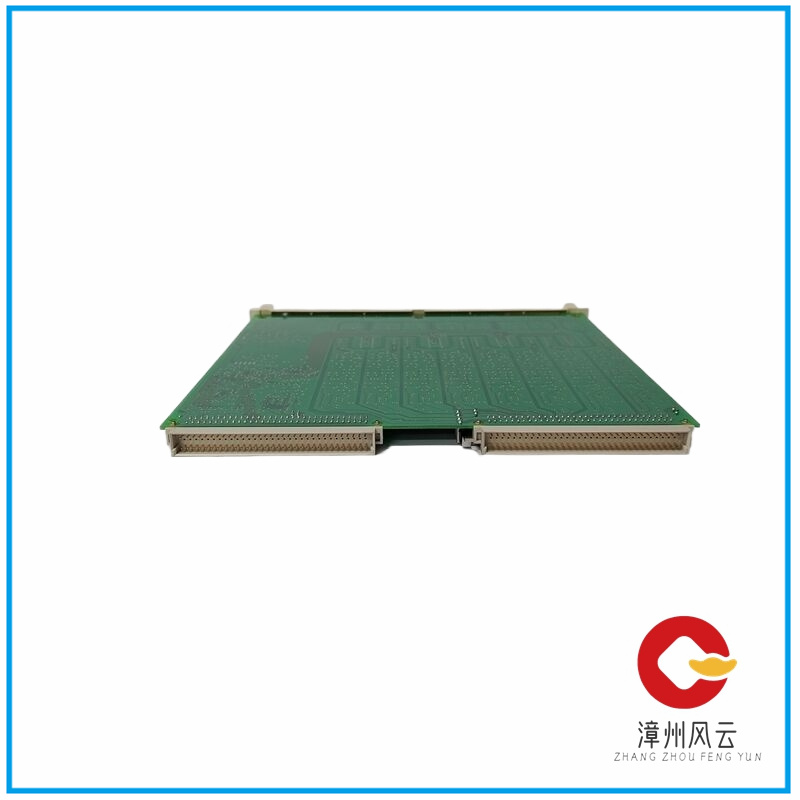Grounding classification

In general, DCS control systems require two types of grounding: protective grounding and working grounding (logic grounding, shielding grounding, etc.). For systems equipped with safety barriers and explosion-proof measures, such as those used in the chemical industry, intrinsic safety measures are also required.
(1) Cabinet grounding (CG) is a protective measure taken to prevent the accumulation of static charges in the equipment casing and avoid personal injury. All operator cabinets, on-site control station cabinets, printers, terminal cabinets, etc. of the DCS system should be grounded for protection. The protective ground should be connected to the electrical grounding network of the factory area, with a grounding resistance of less than 4 Ω.
(2) Logically: also known as machine logic ground or host power ground, it is the common ground of the negative end of the logic level inside the computer and also the output ground of the+5V power supply. For example, the negative terminals of the CPU are positive and negative 5V and positive and negative 12V. Public grounding electrode needs to be connected.
(3) Analog grounding (AG), also known as analog grounding, can shield the interference received during on-site signal transmission to improve signal accuracy. The shielding layer of signal cables in DCS systems should be grounded through shielding. The cable shielding layer must be grounded at one end to prevent the formation of closed loop interference. The metal armor of armored cables should not be used as shielding protection grounding, and must be grounded with copper wire mesh or aluminum shielding layer. Connect to the public grounding electrode.
(4) An independent grounding system should be installed for intrinsic safety, with a grounding resistance of ≤ 4 Ω. The grounding system of the intrinsic safety ground should remain independent, and the distance from the electrical grounding network or other instrument system grounding network in the factory area should be at least 5m.
System grounding method
(1) Using the electrical grounding grid as the DCS grounding grid, i.e. sharing the ground with the electrical grounding grid;
(2) Establish a dedicated and independent grounding grid for the DCS system;
(3) Install a dedicated grounding grid for DCS, which is connected to the electrical grounding grid through grounding wires;
Due to the many similarities between the third grounding method and the second grounding method, dedicated grounding grids have been widely used in computer or DCS systems in the past. However, the drawbacks of this grounding method are that it takes up too much land, requires high investment, consumes a large amount of steel for cables and grounding grids, and is quite far from the factory building (as it is difficult to find a suitable location within the factory building). It is inconvenient to manage, maintain, measure, and search for grounding electrodes and wires, and the effect is not very good. According to actual operation, setting up a dedicated DCS grounding network is both difficult and unsafe. A certain power plant has experienced dozens of unit trips due to grounding issues. According to the investigation, many power plant DCS later switched to electrical grounding grid grounding, achieving good results.
3. Requirements for public grounding electrodes (grids)
(1) When the distribution resistance of the electrical grounding network in the factory area to the ground is ≤ 4 Ω, the electrical grounding network in the factory area can be connected to the common grounding electrode (network) of the DCS system.
(2) When the grounding resistance of the electrical grounding network in the factory area is large or disorderly, an independent grounding system should be set up, which is the common grounding electrode (network) of the DCS system.
(3) The distributed resistance to ground of the public grounding electrode (grid) without intrinsic safety connection is less than 4 ohms; Less than 1 ohm with intrinsic safety. The impedance of the grounding main line is less than 0.1 ohms.
(4) There is no access point for lightning protection within 15 meters around the grounding electrode, and no access point for high and low voltage electrical equipment casings with a power output of over 30KW within 8 meters. When the on-site conditions cannot be met, the lightning protection ground is connected to the main line of the public grounding electrode through lightning arresters/shock wave suppressors. The welding ground should not be overlapped with the public grounding electrode and its grounding grid, and the distance between the two should be more than 10 meters.